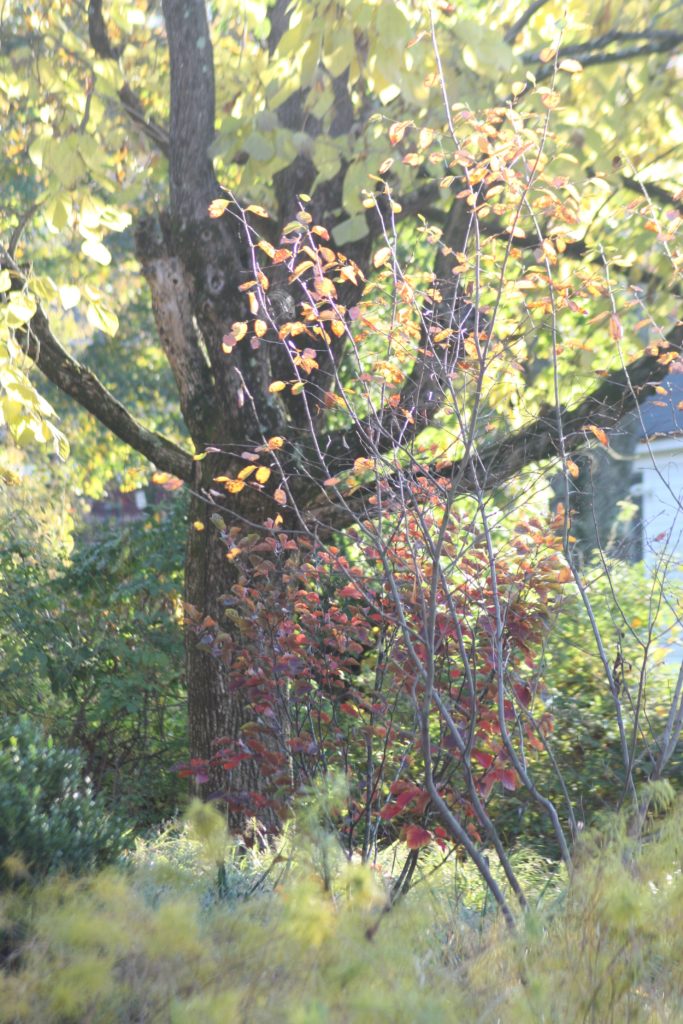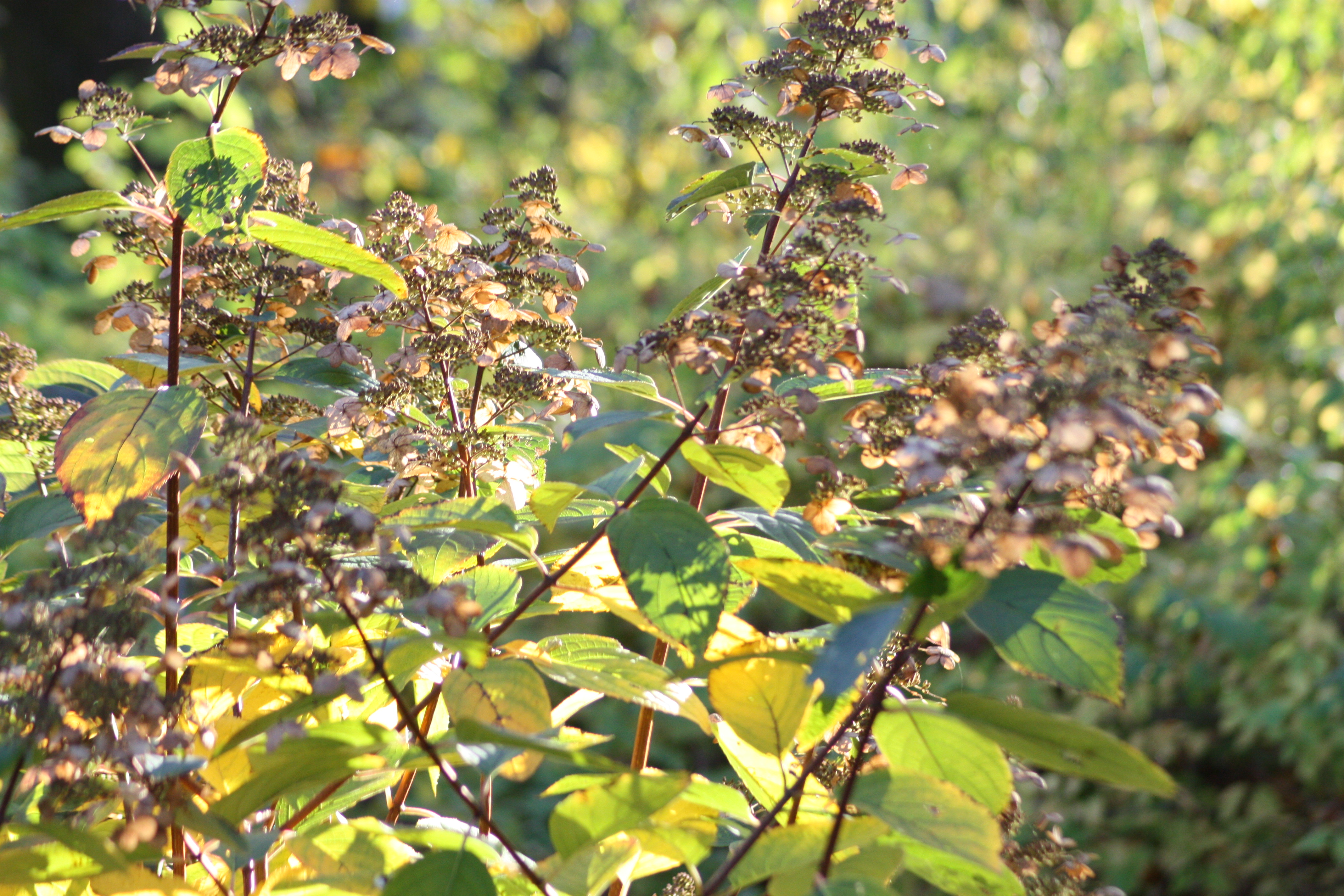If gardening is considered a living art form — or at the very least, a living design form — the affect of time cannot be underestimated.
We could rattle off some obvious things that factor into any given landscape design — the site, the conditions, the climate, the light, the plan, the soil series, the plant choices, the skills of the people caring for it… and so on. Yet there is rarely a set formula for success. And that’s the beauty of it.
Time is always very much on my mind. I find it the hardest with a new garden. I’ve found the old adage true: the first year it sleeps, the second year it creeps, and the third year it leaps. Time does all kinds of things to the design. Growth, quite obviously. Sometimes things compete and nudge each other out unexpectedly. Most often, it is simple pleasure of seeing a vision come to life as it unfolds on its own schedule.
Time evolves the space
It can be difficult to communicate the direction of new spaces and the moments we are creating with our designs. It’s also an exercise in patience when photographing things that are still quite young.
News of the recent unveiling of the Piet Oudolf-designed meadow at the Delaware Botanic Garden noted how it had been installed a few years earlier. And it reminded me to hang in there, yet again. The pros wait for things to mature until the visitors can pour in.
Wait for it
For us average folk, we wait patiently. We coax and cajole our tender plants to grow faster. We perhaps even apologize to our guests for the “work in progress.” And with each spring, there are those small moments of joy. Like noticing the scheme taking off, even in small increments.

